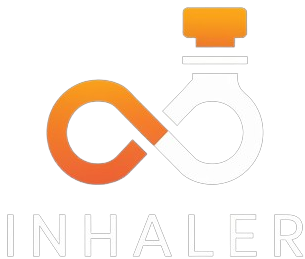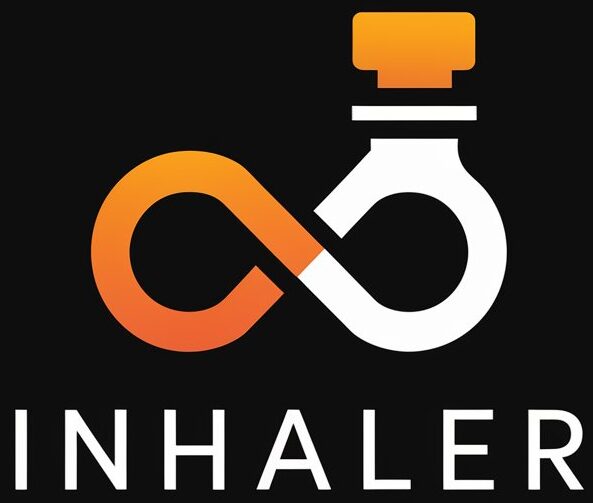When it comes to general health and wellness, most individuals primarily consider the importance of a balanced diet, regular exercise, and a sufficient amount of sleep. However, one essential aspect often overlooked is the art of proper inhalation. Although it might seem simple and insignificant, the way we breathe can significantly impact many bodily functions and an individual’s overall well-being.
The Science of Breathing
Firstly, it is necessary to understand the science of breathing. Breathing involves the exchange of gases between your body and the environment. It starts when you inhale air into your lungs. Inside the lungs, oxygen from the air moves into your bloodstream while carbon dioxide, a waste product, shifts from your bloodstream into your lungs to be exhaled. This respiratory process is essential for the cells to sustain life and function efficiently.
Mastering the Art of Inhalation
Skills on proper inhalation can improve oxygen intake and affect cognitive capacities, cardiac health, mental wellness, and even digestion. Here are some promising techniques to master the art of inhalation:
Diaphragmatic Breathing
Also known as deep breathing, this technique involves completely engaging the stomach, abdominal muscles, and diaphragm when breathing, rather than shallow and short breaths from the chest. This deep inhalation can improve lung capacity, enhance relaxation, and efficiently remove carbon dioxide.
Nasal Breathing
Breathing through the nose may seem natural and mundane. However, it has been found that nasal breathing filters and warms the air in a way that may enhance lung function and impact various health aspects positively. Furthermore, it stimulates the production of nitric oxide, a critical molecule that plays a significant role in homeostasis and overall health.
Mindful Breathing
The practice of mindful or conscious breathing, often found in meditation and yoga, involves focusing and being attentive to your breath. This technique can reduce stress, improve focus and mindfulness, boost mood, and enhance cardiorespiratory function.
The Benefits of Proper Inhalation
The above-mentioned techniques can lead to a plethora of benefits. For example, proper inhalation can lead to improved cognitive function because increased oxygen supply to the brain enhances concentration and focus. Likewise, good inhalation boosts energy levels, as oxygen is a vital element for the production of energy in the body. Moreover, proper breathing techniques can also contribute to improved digestion. The diaphragm is a vital muscle that massages our organs during deep breathing. Thus, it can stimulate the muscles responsible for swallowing and promoting better digestion.
Conclusion
To sum up, proper inhalation is much more than a passive activity. It’s an art that requires conscious dedication and practice to perfect. Mastery of the ideal breathing techniques can significantly enhance bodily functions and elevate an individual’s overall health and well-being. Incorporating these practices into daily routines can provide lasting benefits, from enhanced cognitive function to improved cardiovascular health and digestion.
FAQs
- 1. How can I practice diaphragmatic breathing?
- You can practice this by laying down, placing one hand on your abdomen, and inhaling deeply. Try to pull the breath into your belly instead of sucking it into your chest.
- 2. Is there an ideal time to practice these breathing techniques?
- Practice is beneficial at any time of the day. However, practicing before bedtime can improve sleep quality, and doing it in the morning can boost energy levels for the day.
- 3. Does proper inhalation have an immediate impact on health?
- The benefits of proper inhalation may not be immediately noticeable but cumulate over time. Consistency in practicing these techniques is essential for noticeable improvements.
- 4. Can I practice these techniques if I suffer from respiratory conditions?
- It is best to consult your healthcare provider before trying new breathing techniques, especially if you have a pre-existing respiratory condition.
- 5. How long should I practice these techniques daily?
- Even a few minutes of regular daily practice can make a significant difference. However, try to aim for at least 10-15 minutes a day for better results.

